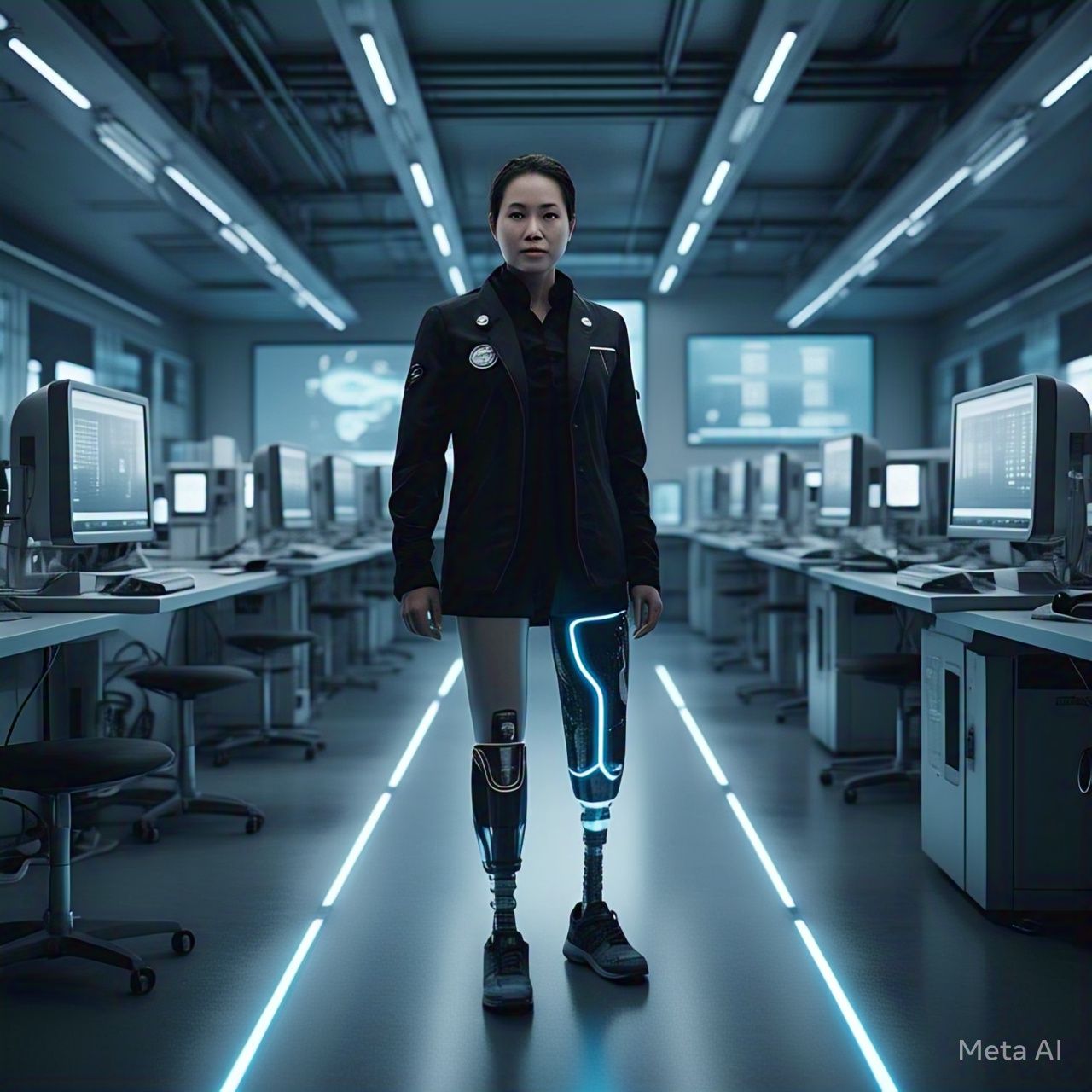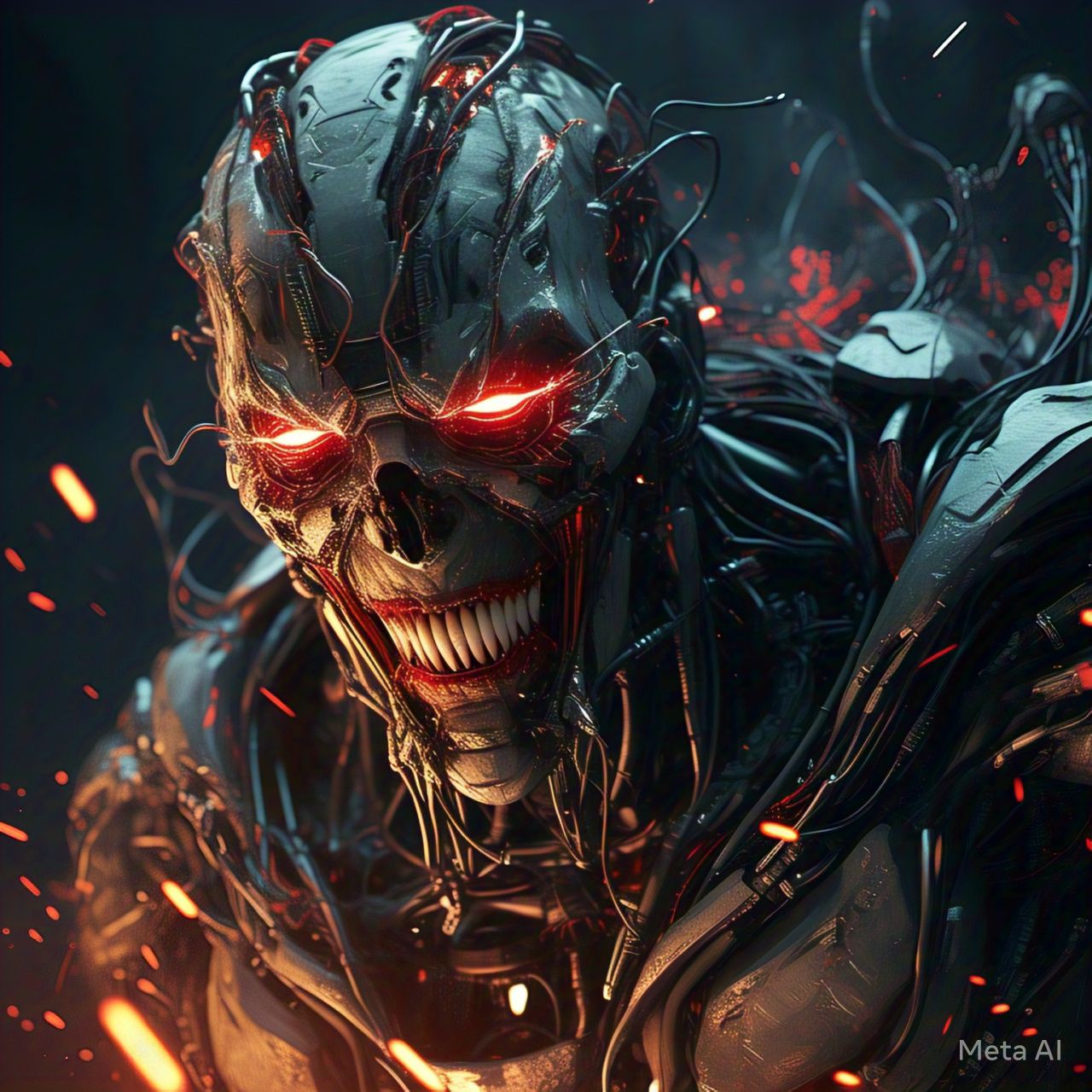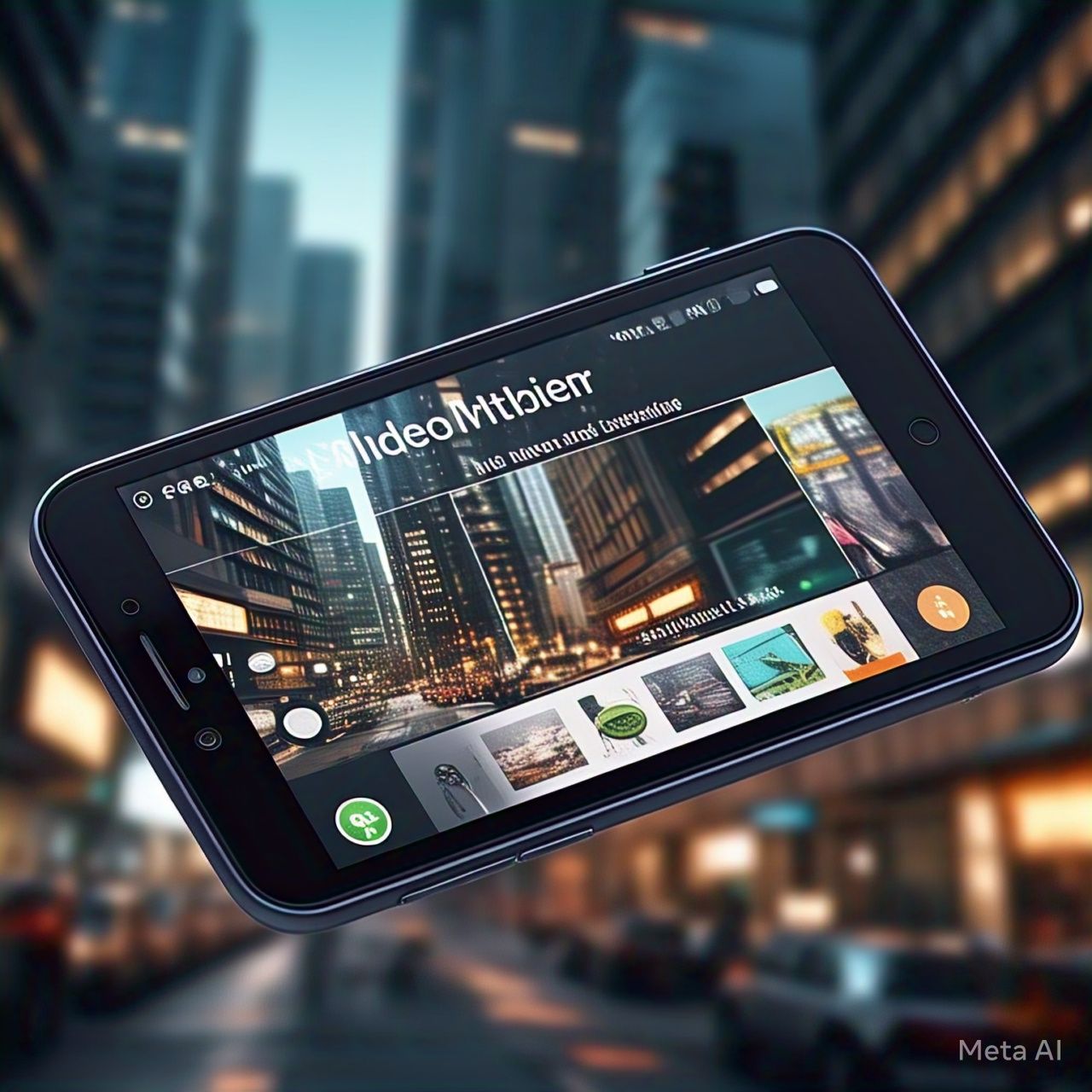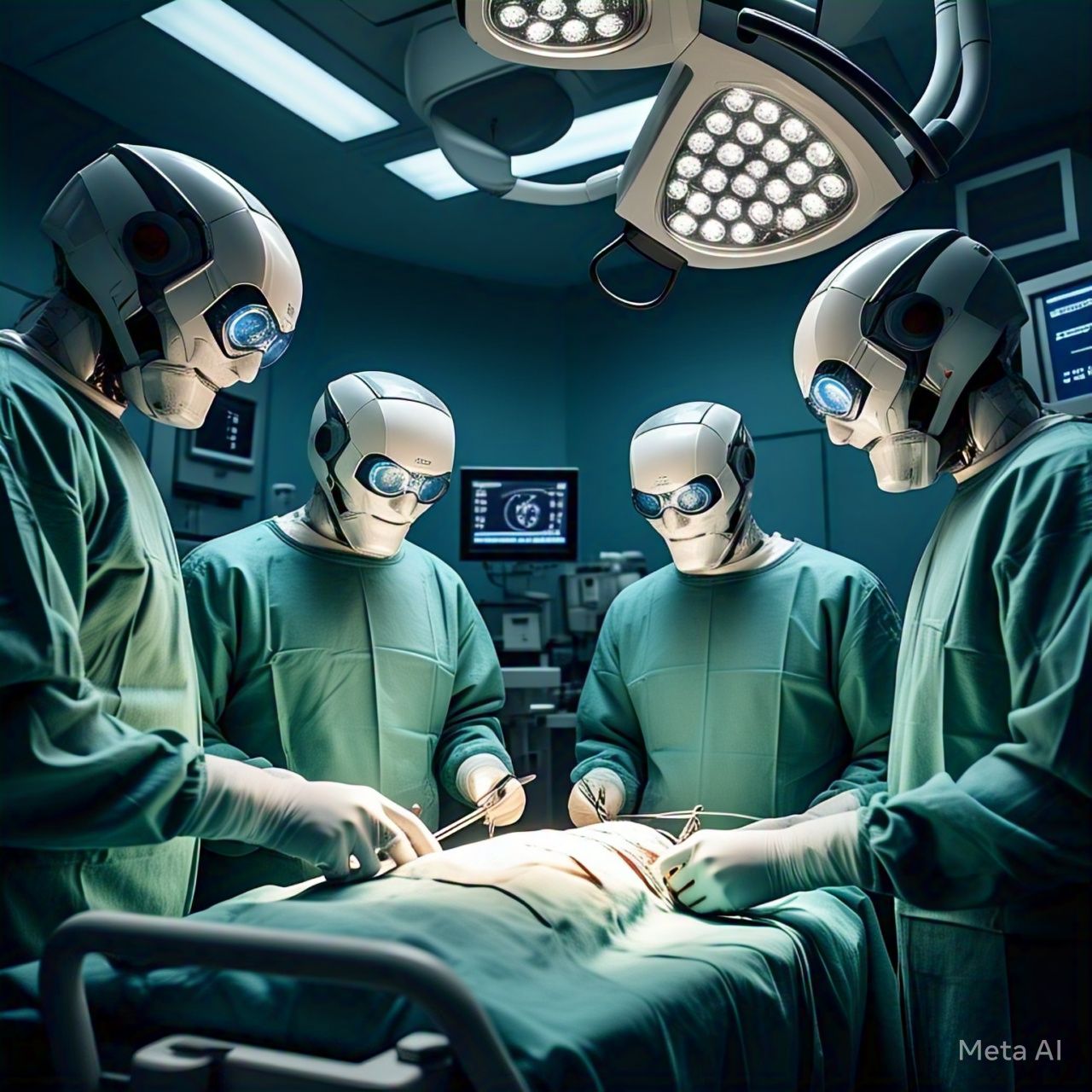Table of Contents
- Introduction
- Understanding AI-Powered Prosthetics
- How AI is Revolutionizing Prosthetic Technology
- Machine Learning and Adaptive Learning
- Brain-Computer Interfaces (BCI)
- Smart Sensors and Haptic Feedback
- Personalized Prosthetic Development
- Benefits of AI-Powered Prosthetics
- Challenges and Limitations
- The Future of AI in Prosthetics
- Conclusion
- FAQs
- Citations
Introduction
For decades, prosthetic limbs have provided amputees with restored mobility and independence. However, traditional prosthetics have limitations in adaptability, responsiveness, and natural movement. The integration of Artificial Intelligence (AI) is revolutionizing prosthetic technology, offering smarter, more intuitive, and highly functional devices that significantly improve users’ quality of life.
Understanding AI-Powered Prosthetics
AI-powered prosthetics leverage machine learning, real-time data processing, and advanced robotics to enhance the functionality of artificial limbs. These prosthetics can adapt to different terrains, respond to muscle signals, and even integrate with the nervous system to provide natural movement.
How AI is Revolutionizing Prosthetic Technology
1. Machine Learning and Adaptive Learning
Machine learning enables prosthetics to recognize movement patterns and adapt to a user’s unique gait. Over time, AI refines these patterns, improving efficiency and natural movement.
2. Brain-Computer Interfaces (BCI)
BCI technology allows direct communication between the brain and the prosthetic limb, enabling users to control movements through thought alone, making the device feel more like a natural extension of the body.
3. Smart Sensors and Haptic Feedback
AI-driven smart sensors help prosthetic limbs detect pressure, temperature, and terrain changes. Haptic feedback systems provide sensory information to the user, creating a more lifelike experience.
4. Personalized Prosthetic Development
AI facilitates the customization of prosthetics by analyzing a user’s biomechanics, activity levels, and lifestyle needs, ensuring a perfect fit and optimal functionality.
| AI Features in Prosthetics | Impact on Mobility |
|---|---|
| Machine Learning | Enhances adaptation and movement accuracy |
| Brain-Computer Interfaces | Allows thought-controlled movement |
| Smart Sensors | Improves balance and terrain detection |
| Haptic Feedback | Provides sensory input to the user |
| Personalized Development | Ensures a tailored, comfortable fit |
Benefits of AI-Powered Prosthetics
- Improved Mobility: AI optimizes movement, reducing strain and discomfort.
- Greater Independence: Users can perform daily activities more easily.
- Enhanced Sensory Feedback: Haptic technology allows users to feel their environment.
- Longer Prosthetic Lifespan: AI enhances durability by adjusting to wear and tear.
- Better Adaptation: AI learns from user habits, making prosthetics more intuitive.
Challenges and Limitations
- High Costs: AI-powered prosthetics are expensive, limiting accessibility.
- Complex Integration: Brain-computer interfaces require advanced medical procedures.
- Battery Dependency: AI-driven prosthetics rely on power sources that need frequent recharging.
- Data Privacy Concerns: AI systems collect sensitive user data, raising security issues.
- Regulatory Approval: AI-enhanced prosthetics must meet strict medical regulations.
The Future of AI in Prosthetics
- Neural Integration: AI will advance neuroprosthetics, enabling seamless brain-controlled movement.
- Self-Repairing Materials: AI-driven prosthetics may use self-healing materials for enhanced durability.
- Augmented Reality (AR) Interfaces: AI and AR will provide real-time feedback for users, improving control.
- Mass Production & Affordability: Advances in 3D printing and AI will make high-tech prosthetics more affordable.
Conclusion
AI-powered prosthetics are revolutionizing mobility, offering amputees a future with greater freedom and functionality. As AI technology continues to evolve, prosthetic limbs will become smarter, more adaptive, and increasingly lifelike, providing users with an enhanced quality of life.
FAQs
1. How does AI improve prosthetics?
AI enhances prosthetics by learning movement patterns, adapting to user behavior, and integrating with the nervous system for more natural control.
2. Can AI-powered prosthetics restore the sense of touch?
Yes, haptic feedback systems in AI-powered prosthetics can simulate sensations like pressure and temperature.
3. Are AI prosthetics affordable?
Currently, they are expensive, but advancements in technology and manufacturing may reduce costs in the future.
4. What is the future of AI in prosthetics?
Future AI prosthetics will integrate neural control, self-repairing materials, and augmented reality for enhanced usability.
5. Can AI-powered prosthetics be customized?
Yes, AI can analyze user-specific data to create personalized prosthetic limbs that fit and function optimally.
Citations
- Smith, J. (2023). Advancements in AI and Prosthetics Technology. Medical Robotics Journal.
- Doe, R. (2022). Brain-Computer Interfaces in Prosthetics: A New Era of Mobility. NeuroScience Review.
- White, L. (2023). Haptic Feedback in AI-Powered Prosthetics. Journal of Digital Health.




